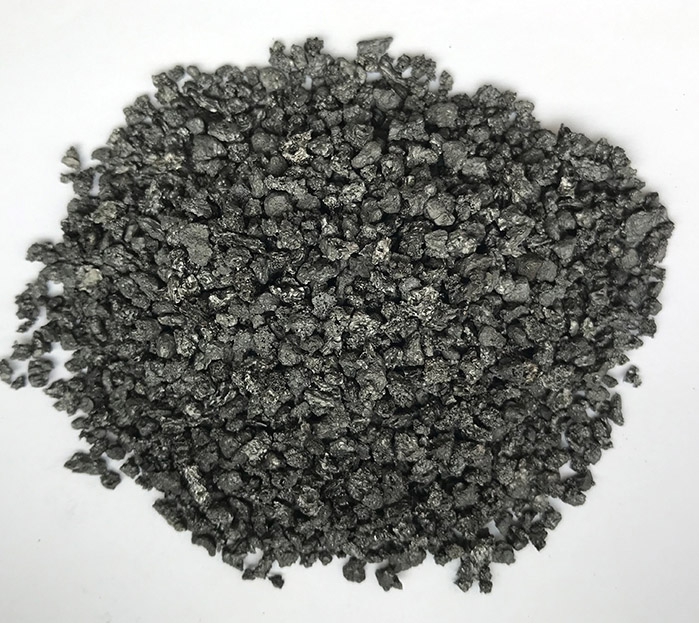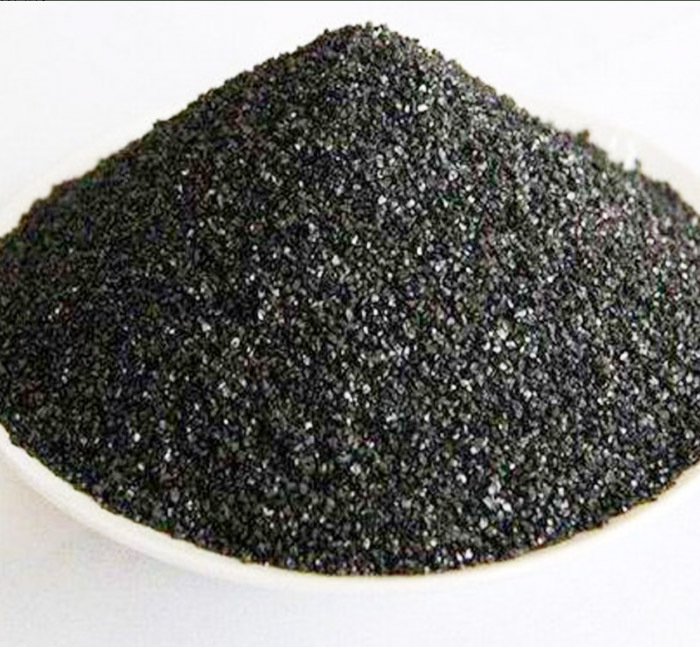Petroleum coke, a widely used carbon enhancer in multiple fields, has a wide range of sources. In the process of refining crude oil, various by-products are produced, including petroleum coke. These by-products, whether obtained through atmospheric distillation or vacuum distillation, such as residual oil and petroleum asphalt, can be used as raw materials for manufacturing petroleum coke. After the coking process, these raw materials are converted into raw petroleum coke. It is worth noting that the production of raw petroleum coke accounts for only about 5% of the amount of crude oil used. Taking the United States as an example, its annual production of petroleum coke is about 30 million tons. However, due to the high impurity content in raw petroleum coke, direct use will affect product quality, so it must be calcined before it can be used as a carbonization agent. In addition, petroleum coke also has various forms, such as sponge like, needle like, granular, and fluidized, to meet the needs of different fields.
sponge coke
Obtained through delayed coking method, due to its high sulfur and metal content, it is often used as a fuel for calcination and can also be used as a raw material for calcining petroleum coke. The calcined sponge coke has a wide range of applications in the aluminum industry and as a carbon additive.
Needle shaped petroleum coke
Made from raw materials with high aromatic hydrocarbon content and low impurity content, also produced by delayed coking method. This type of coke has a unique needle like structure, sometimes even referred to as graphite coke, and is mainly used to manufacture graphite electrodes after calcination.
Granular petroleum coke
It presents a hard granular form and is obtained by delayed coking of raw materials with high sulfur and asphaltene content. This type of coke is mainly used as fuel.
Fluid state petroleum coke
After careful production using the continuous coking method in a fluidized bed, it presents fine particles with no obvious directionality in its structure. The characteristic of this type of coke is a high sulfur content and relatively low volatile matter.
In industrial production, petroleum coke needs to undergo calcination treatment to remove sulfur, moisture, and volatile components. When raw petroleum coke is calcined at a temperature of 1200 to 1350 degrees Celsius, its product will be close to pure carbon. Calcined petroleum coke plays an important role in the aluminum industry, with 70% of it used to manufacture anodes for reducing bauxite. In addition, in the United States, 6% of calcined petroleum coke is used as a carbon additive for cast iron.



